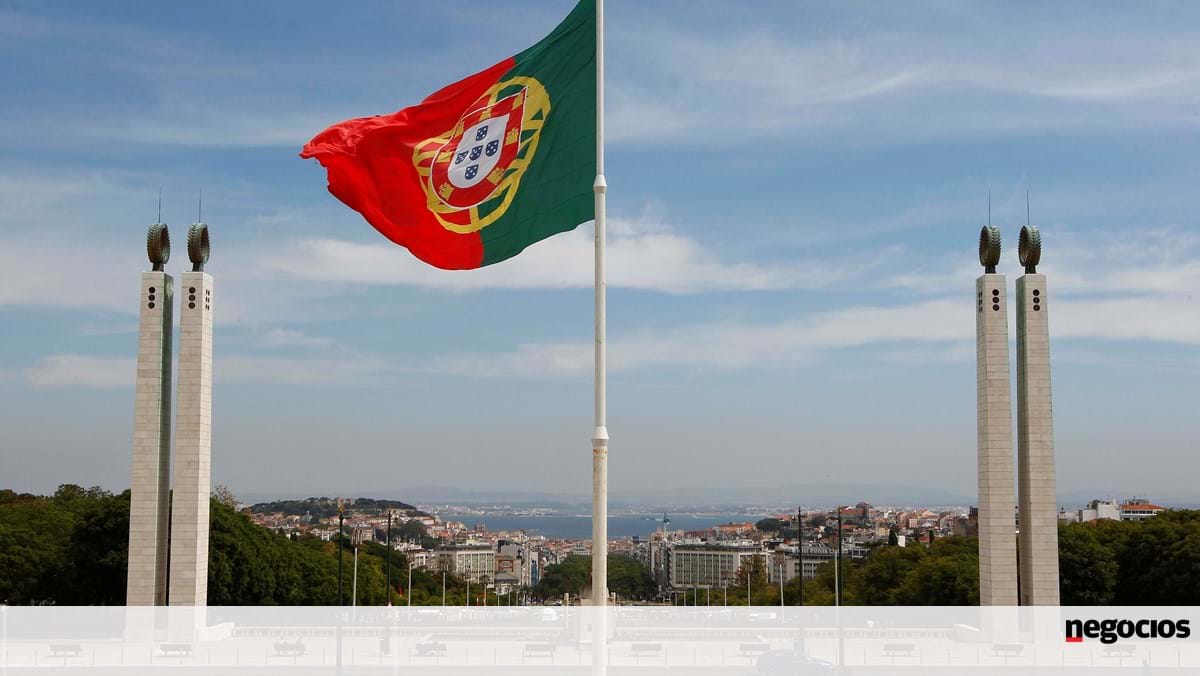#Book #Day #calf #book #oldest #document #Peru #signed #Francisco #Pizarro
Extract from the Walking Protocol of the Pathfinders, known as the ‘calf book’. (AGN)
486 years have passed since Francisco Pizarro signed the Walking Protocol of the Pathfinders, also known as the ‘calf book’, considered the oldest document in Peru and South America. Therefore, on the occasion of the celebration of the International Book Daywe examine such an invaluable record of our country’s history.
Consisting of 804 deeds in 551 pages and dated from 1533 to 1538, it was found at the end of the 19th century in a notary office in Lima. Its nickname is due to the characteristic leather binding that covers its almost thousand pages.
According to the General Archive of the Nation (AGN), the document was written by the country’s first notaries, who detailed the details of the conquest of the Inca empire and the first years of Spanish domination.
The ‘calf book’ entered UNESCO’s Memory of the World registry in 2013. Meanwhile, it was recognized as Cultural Heritage of the Nation in 2017 and presented at the Lima International Book Fair (FIL) in 2023.
One of the most curious facts about the Walking Protocol of the Conquerors is that it was signed by Francisco Pizarro without him knowing its content.
Historians deduced this for a simple reason: Pizarro, conqueror of the Inca empire and founder of Lima, was illiterate. He had just learned to make a rubric next to his name.
“He probably trusted the people who were part of his team. For us, signing a document without reading it is a mortal sin,” Ricardo Arturo Moreau Heredia, institutional head of the AGN, explained to the EFE agency.
Cover of the ‘calf book’, published by the National Archive of the Nation. (AGN)
Likewise, other signatures were stamped, such as those of the brothers Gonzalo and Hernando Pizarro, Nicolás de Ribera (first mayor of Lima), Gaspar de Espinosa (former governor of Santo Domingo) or Cristóbal de Burgos (conquistador and encomendero), among others.
One of the main challenges in understanding the lines of this relic is that it is written in 16th century Spanish, the same language in which Don Quixote was written.
That is why in 2018, the AGN published a new version of the ‘calf book’ in current Spanish.
“Here we have specialists who have done hard work and we have been able to translate and update some terms so that this publication we provide can be understood,” explained the archivist.
Then, in 2022, in collaboration with the College of Notaries of Lima, the AGN printed 600 copies of said document with the purpose of disseminating it to the general public.
General Archive of the Nation presents the book ‘The traveling protocol of the conquerors’. Photo: Andina
On these pages you can find the inventory of equipment purchased for combat and exploration concerning the conquest. In this sense, the use of horses and pack mules stands out, as well as payments to soldiers and loans of money.
“There are contracts for the sale of horses, slaves, there are inventories of what soldiers travel with, such as trousseau of clothing (…) and also payment promises that were made to establish loans,” Moreau explained.
One of those promises of payment is the one proposed by the senior officials of Tahuantinsuyo to pay the ransom of the Inca Atahualpa —Atabalipa, in the text—, captured on November 16, 1532 after the incursion of Pizarro and his men in Cajamarca.
Similarly, the participation of thousands of indigenous peoples from various villages is notable they allied themselves with the Spanish to defeat the Incas and thus free themselves from their yoke.
Image of the capture of Atahualpa in the square of Cajamarca. (Wikimedia Commons)
In addition to religion and culture, the most relevant element of social impact introduced by the Spanish were their laws. This process was also recounted in the ‘calf book’.
Those who wrote the Spanish laws that would be applied in the colony were precisely the notaries, the 16th century equivalent of public notaries.
“We are going to see how religion, culture, soldiers and laws are going to be the first cultural clash with this [nuevo] empire that has been established,” Moreau said.
Without a doubt, it is a document that brings us a little closer to understanding a key historical process that preceded the Viceroyalty and the current Republic of Peru.










